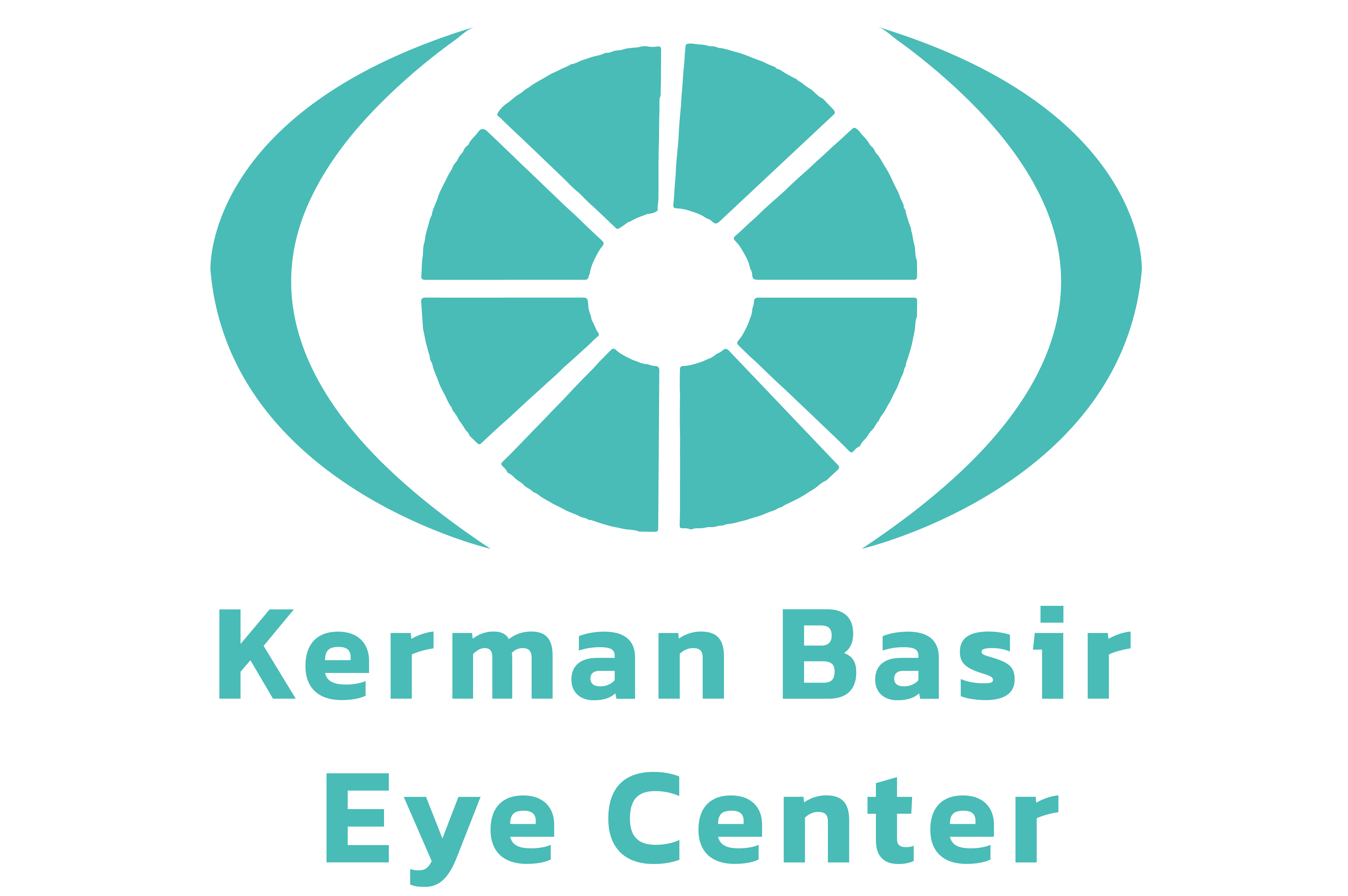Strabismus affects about 4% of children under 6 years of age (boys or girls). The important thing is that timely diagnosis and treatment of this disorder will prevent permanent damage to the child’s visual system; For this reason, regular eye examinations are recommended for all children.
Also, if there are signs of strabismus or lazy eye in a child, if there is a family history of strabismus and other eye diseases, a full ophthalmological examination is necessary as soon as possible and at the age of less than three years.
Remember that with increasing age, treatment procedures will become more complicated and the person will face social restrictions and secondary vision complications.
Strabismus treatment methods
The selection of the treatment method for strabismus in children is based on the following criteria:
Child’s age, general health and medical history
Tolerance of the child to accept specific treatments
Cause of strabismus
The type of strabismus and its severity
Treatment includes one or more of the following:
Use glasses or prisms
Prescribing eye drops
Doing eye exercises
Use the cover over one or both eyes alternately
(If there is a lazy eye at the same time, this method also helps to correct it.)
surgery
If there is no response to other treatments and doctor’s diagnosis, surgery is a safe and effective way to treat strabismus.
Objectives of eye deviation treatment
The goals of strabismus treatment are:
The alignment of the eyes
Proper performance of eye movements
Optimum vision development and achieving binocular vision
Care after strabismus surgery
Whether the operation was performed under general anesthesia or by injection of local anesthetic and sedative, the patient must be monitored after surgery.
Children can return to school after two days.
Adults who have this surgery should take about a week off. The duration of the driving ban is determined by the ophthalmologist.
Double vision after the operation may last for a few hours, a few days or even longer (of course, this complication will rarely last longer than a week). During this time, the patient should be careful when doing some activities, especially driving.
Post-operative pain is minor and usually relieved by taking pain relievers such as ibuprofen (Mortin) or acetaminophen (Tylenol) and cold compresses. The ophthalmologist prescribes suitable accommodation for each person based on his age and conditions.
The eye is red for one to two weeks, especially if it is secondary or reconstructive surgery.
The most important restriction after strabismus surgery is the prohibition of swimming for two weeks.
